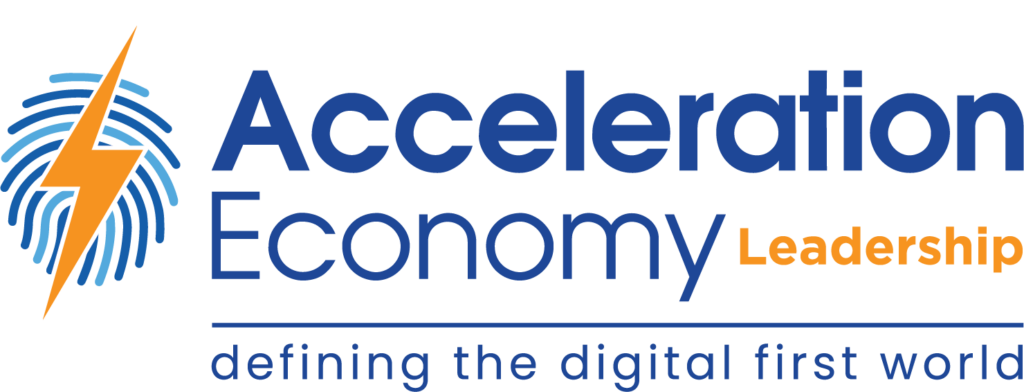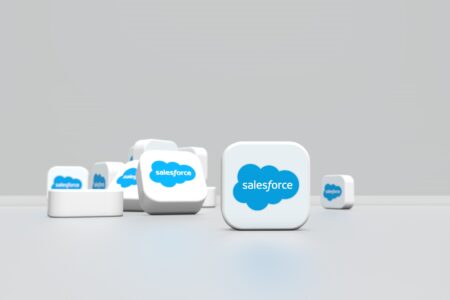Today, a new phenomenon is taking place, one that almost boggles the mind, businesses the world over are facing an unprecedented talent challenge, a challenge where knowledge workers have been difficult to find and hire.
It is a phenomenon fueled by a massive and unprecedented amount of turnover and talent change. Much of that change can be attributed to retirements, resignations, worker burnout, and of course, people switching between jobs they want versus the jobs they have.
Why is This Happening?
It is a shift the likes of which we have never seen before, as we need both new skills in data, security, and analytics as an industry and people are thinking differently about their careers. In fact, we are now calling it the great reshuffling of talent; and perhaps that’s part of what is wrong because you see people aren’t a deck of cards you can shuffle and deal out.
The power has now shifted to the employee – particularly the person with technology, security, data, or creative problem-solving experience. Those team members who have the skills we need for the next generation of talent and the soft skills to deliver exceptional customer experiences using those skills are in short supply. And with this new environment many of our old school rules about how to build a business with an acceptable talent metric.
At its simplest, these highly desirable talented people are placing different bets on their careers and making those bets in a way that makes it harder for your business to grow your talent base by simply recruiting. The next generation of talent wants more exciting and meaningful environments, better technology and tools, more flexible work, more fluid work locations, and they want to have a sense of belonging to something bigger than their own singular job role.
They desire to work for a firm that is in the spotlight for doing the right things and delivering real value, and their leaders demonstrate that daily in everything they say, do, and think. And just in case you thought this was a short-term trend brought on by a growth economy – it’s not! All of the demographic changes, shortages in both technical and creative talent, and long-term career change trends caused by things like automation are not going to resolve the true knowledge and creative worker talent shortage any time soon.
Is This the Future of Work?
Firms must be highly competitive to attract and retain the right talent, in fact as competitive as you have always been in attracting and retaining customers. That’s right, that’s how we must treat this talent issue now it’s just like hunting for and retaining the best clients. You will need to invest in not only marketing and demand generation campaigns for the right talent but also employee experiences that make working for your firm an enjoyable experience for your teams. This revolution in talent will follow a somewhat similar arch to the customer experience focus many firms have adopted in the past few years; focused on delighting our employees and heavily influenced by having the right data and the right technology to ensure a seamless experience every time.
Think about it, many of the internal processes we use today in our businesses are not external customer-facing and so we convince ourselves it’s ok – news alert in this new talent war, it’s not. Your people are as or even more important than your customers, after all, happy employees will make your customers’ experience so, in many ways, they should be more of a focus than your end-user customer. Attract the best people and you will attract the best customers. So just how do you manage this latest feat of business? In many ways, it starts with the data.
Rethinking the Hiring Process
Let’s think about the average hiring process, sure there are some great HR automation tools, but they are HR tools used to isolate, identify, or manage a recruiting funnel. They are not necessarily business tools that use current deep performance data and metrics to identify what experiences, characteristics, and attitudes would lead to the most success.
When hiring a new salesperson as an example you can have great data from HR systems about salary, education, former roles, and other demographic data but it’s not the same as knowing precisely which person would best fit into the sales team culture, what tools they need to limit job frustration, and what specific skills and actions they need to hit their sales goals. This is where new SaaS solutions are entering the market almost daily to help and a channel partner can help you sift through these solutions and find the ones that will create a data-rich, experience-positive employee environment for your firm.
Staying on this example, let’s talk about sales team productivity and ultimately understanding who to hire and how to enable them. For most systems of record, the Achilles heel is its data layer, and for your CRM system, this is particularly true. Why? Because it is often a highly incomplete relations database completely dependent on very biased and busy humans to populate it correctly. Salespeople are not traditionally great about filling out deal status much less the actual steps they took to close a deal.
So, how can you find more great sellers if you don’t even really know how your current ones got their sales? AI-powered applications can help you go beyond salespeople’s inputs, directly tapping the ground truth of raw data and using it to intelligently steer business processes.
One such example is Gong who has emerged as a role model for this new breed of AI. They started with the “dark data” of voice conversations that were almost completely unexploited in CRM systems. Their first product was tightly focused on conversational analytics with rapid time to value. Today they continue to enhance their AI inputs for CRM changing the game for sales. This enables companies to use this data to find the real attributes that enable sales in their company.
These and many other solutions can all be knit together by the right technology partner to provide a full suite of data and insights that let you not only hire better more truly qualified salespeople but also unlock the secrets to positive employee experiences and retention.
The future of work is using these insights and deep data finds to build a culture that improves employee experience and provides relief for things like repetitive work that lower employee satisfaction. Unlocking the right insights and taking the right automation steps is not however without it risks, which is why having the right strategy and then reviewing that strategy with the right technology partners can help you lessen the burden and improve your chances of success.
The future is bright for those firms who figure this out and embrace talent in a whole new way and dim for those who fail to do so. Utilize a strong partner strategy to help you become one of the winners today!
Want more tech insights for the top execs? Visit the Leadership channel:







